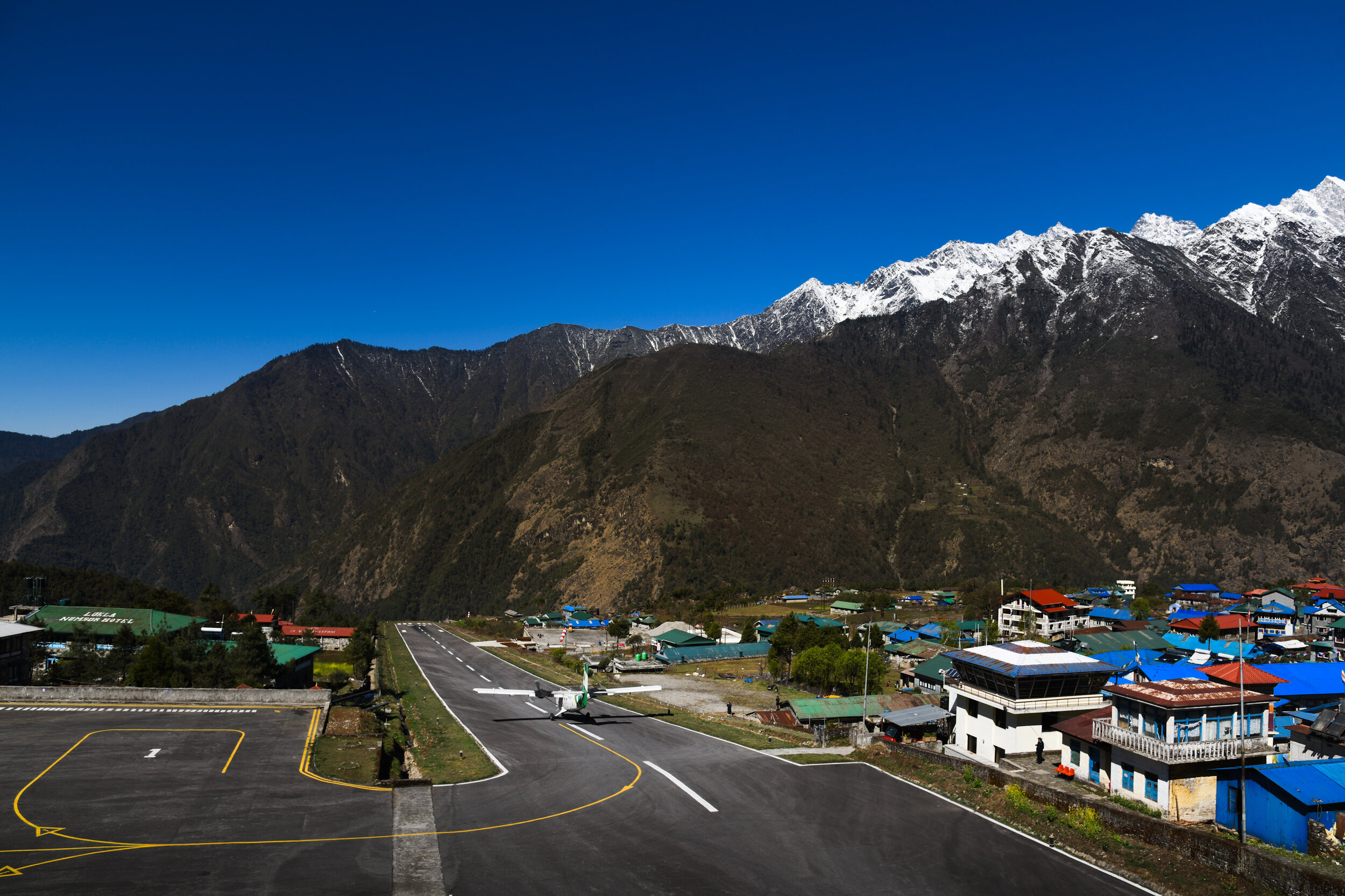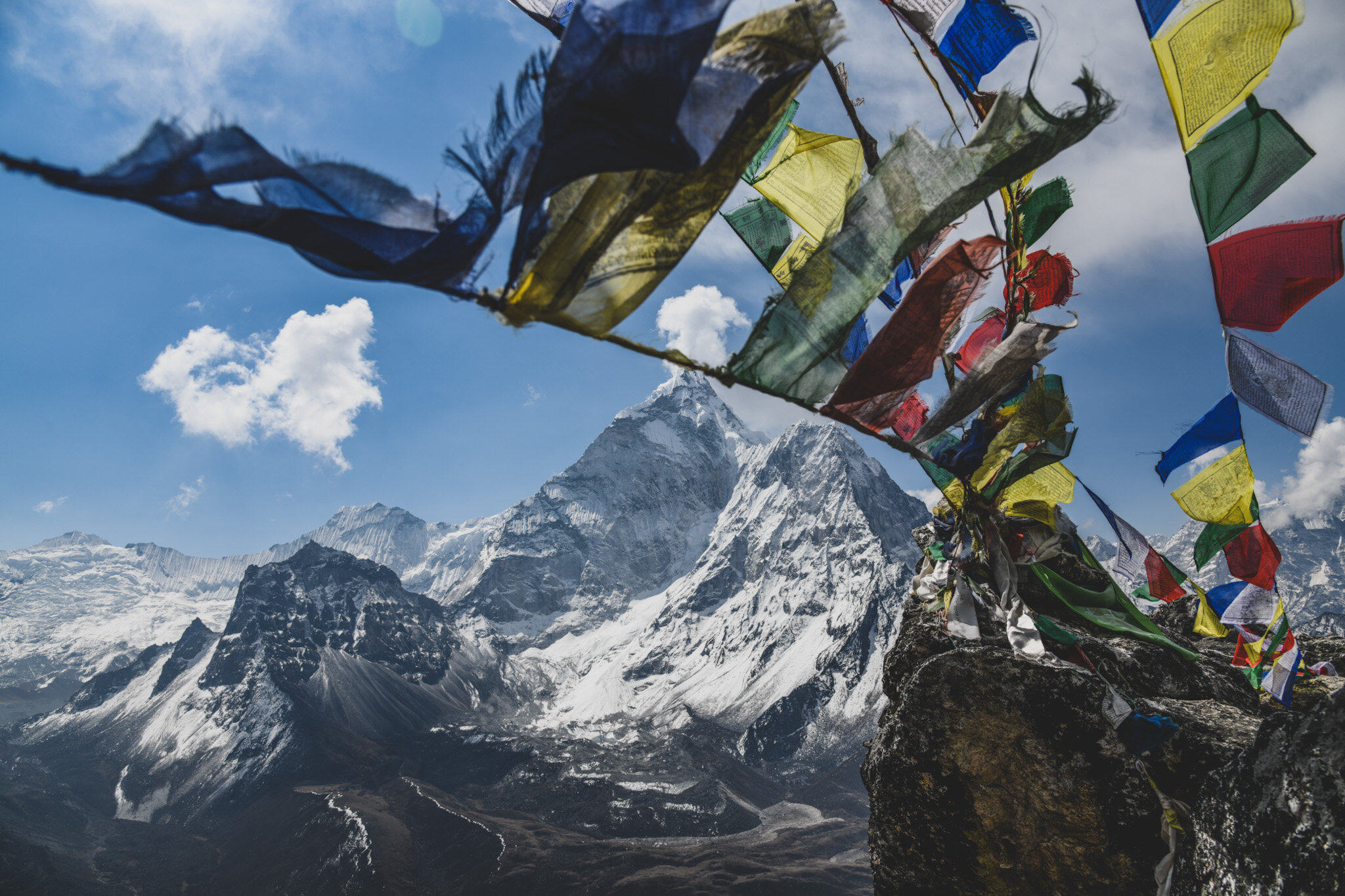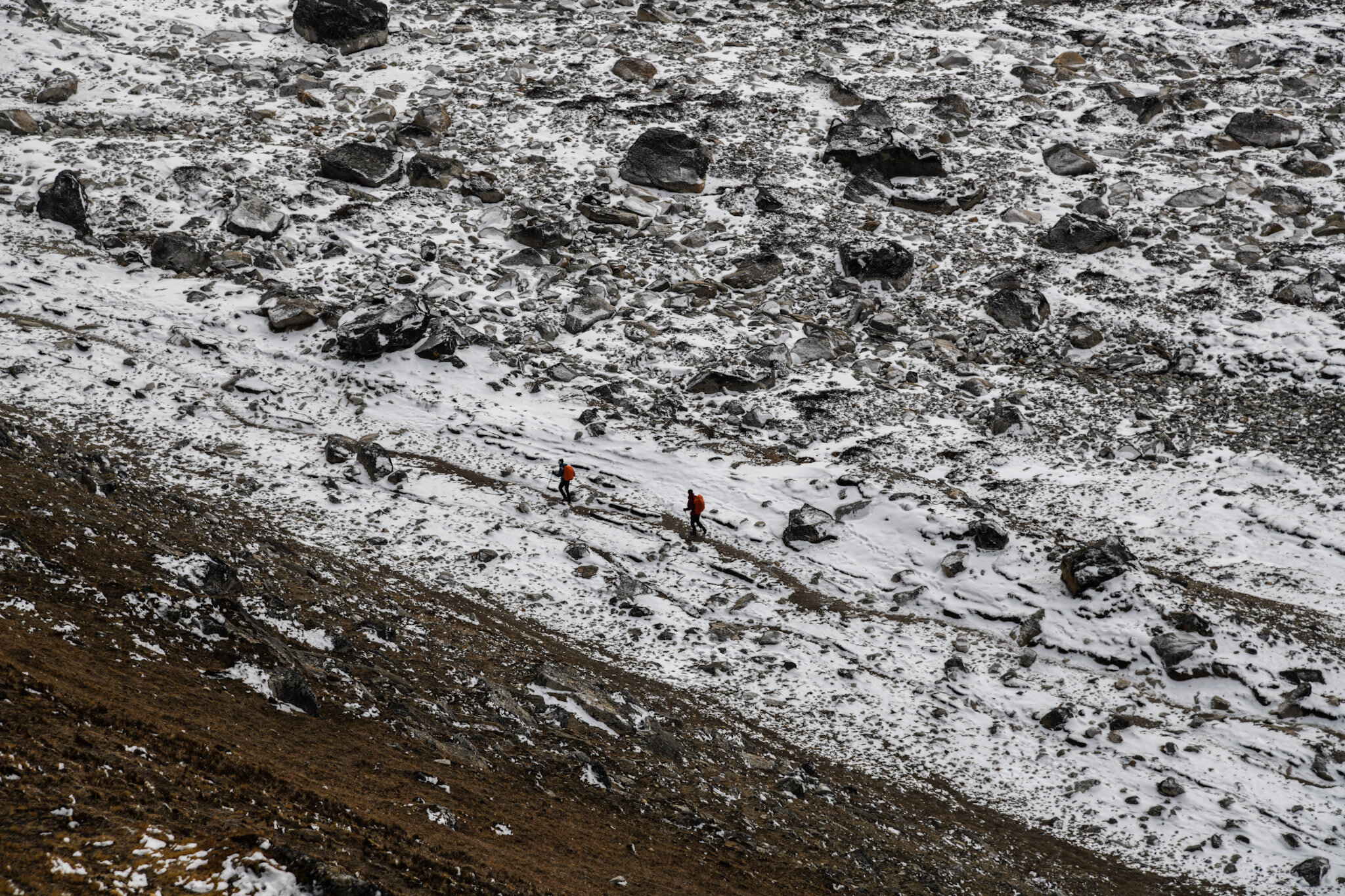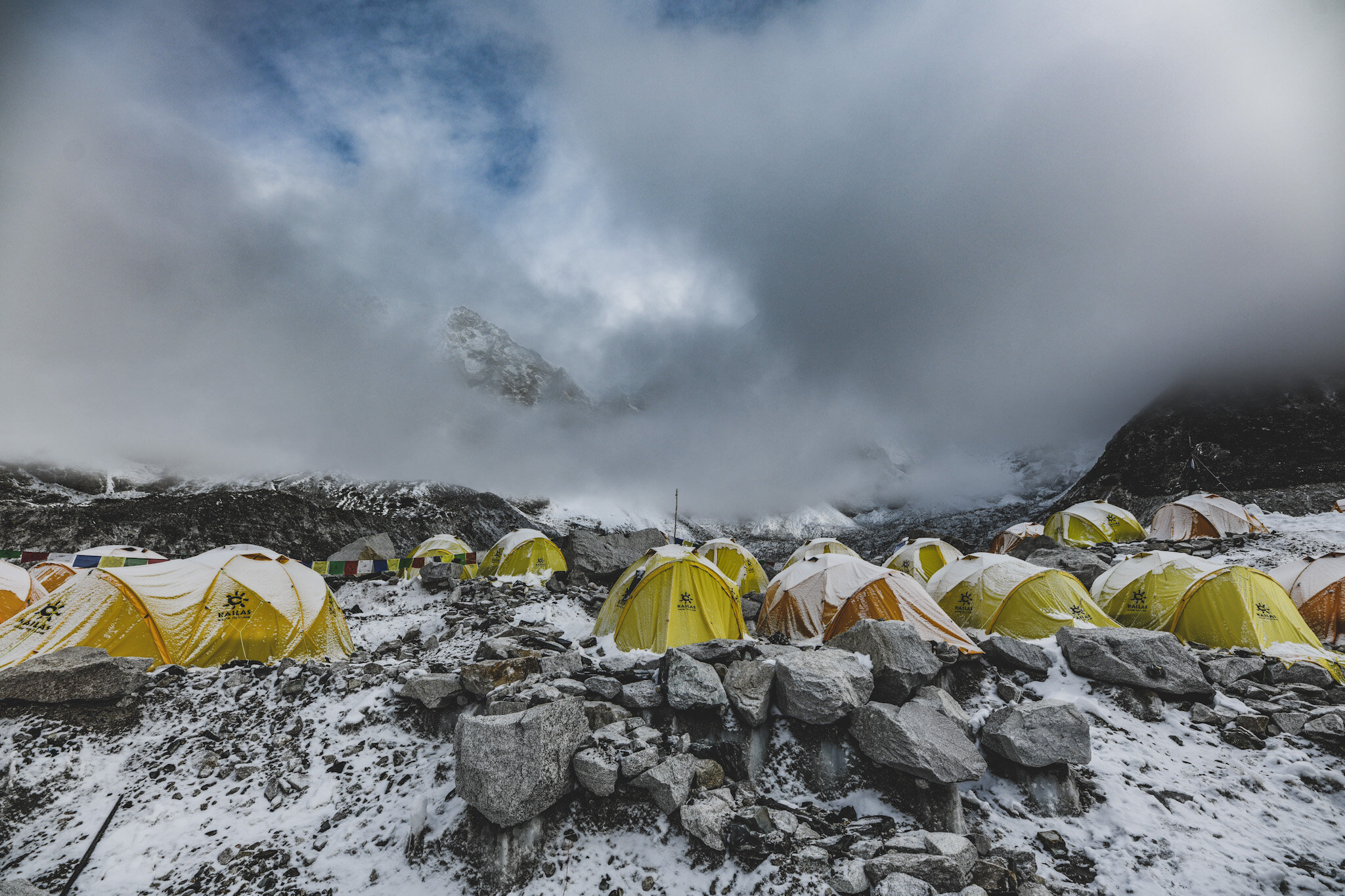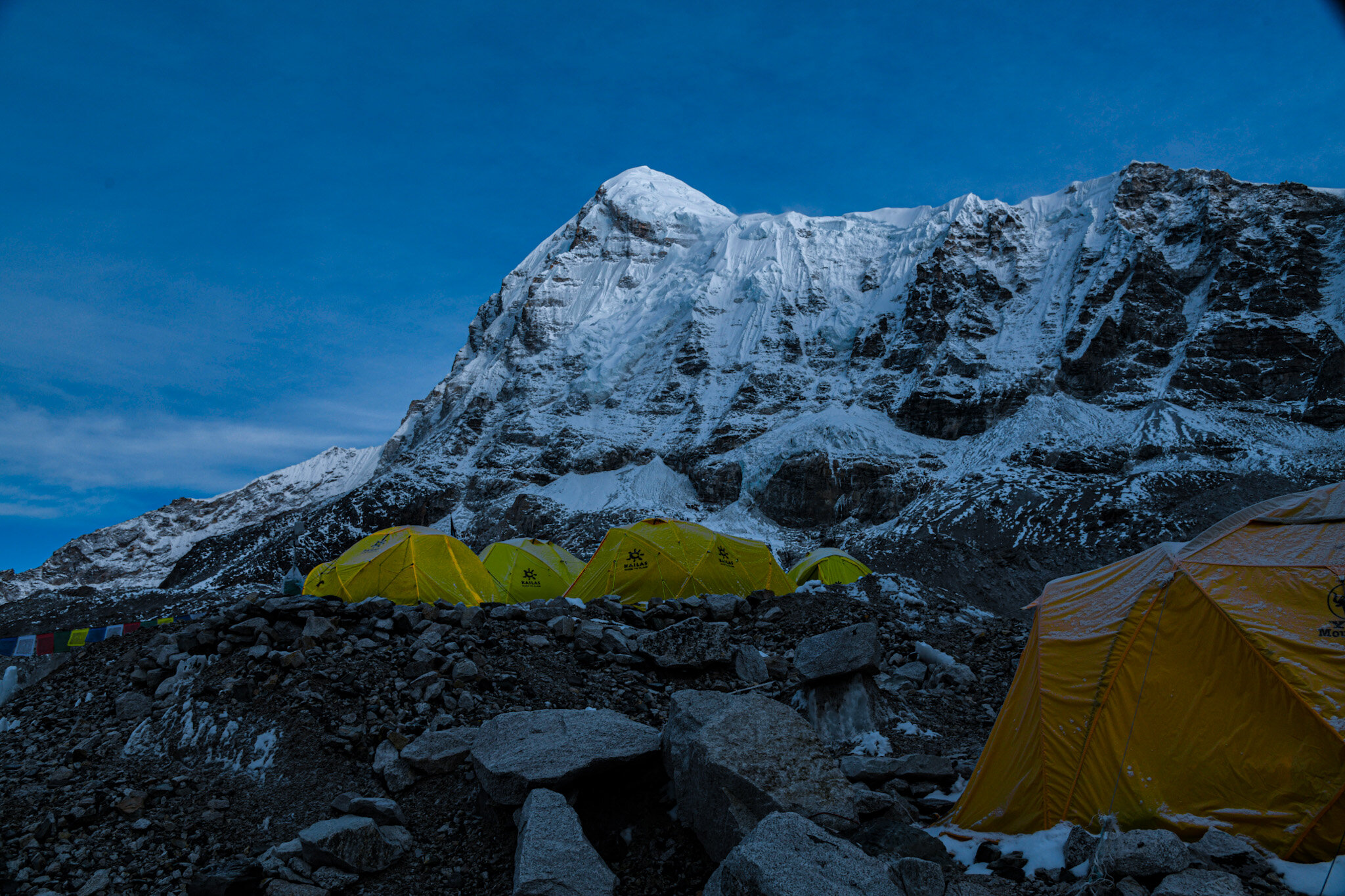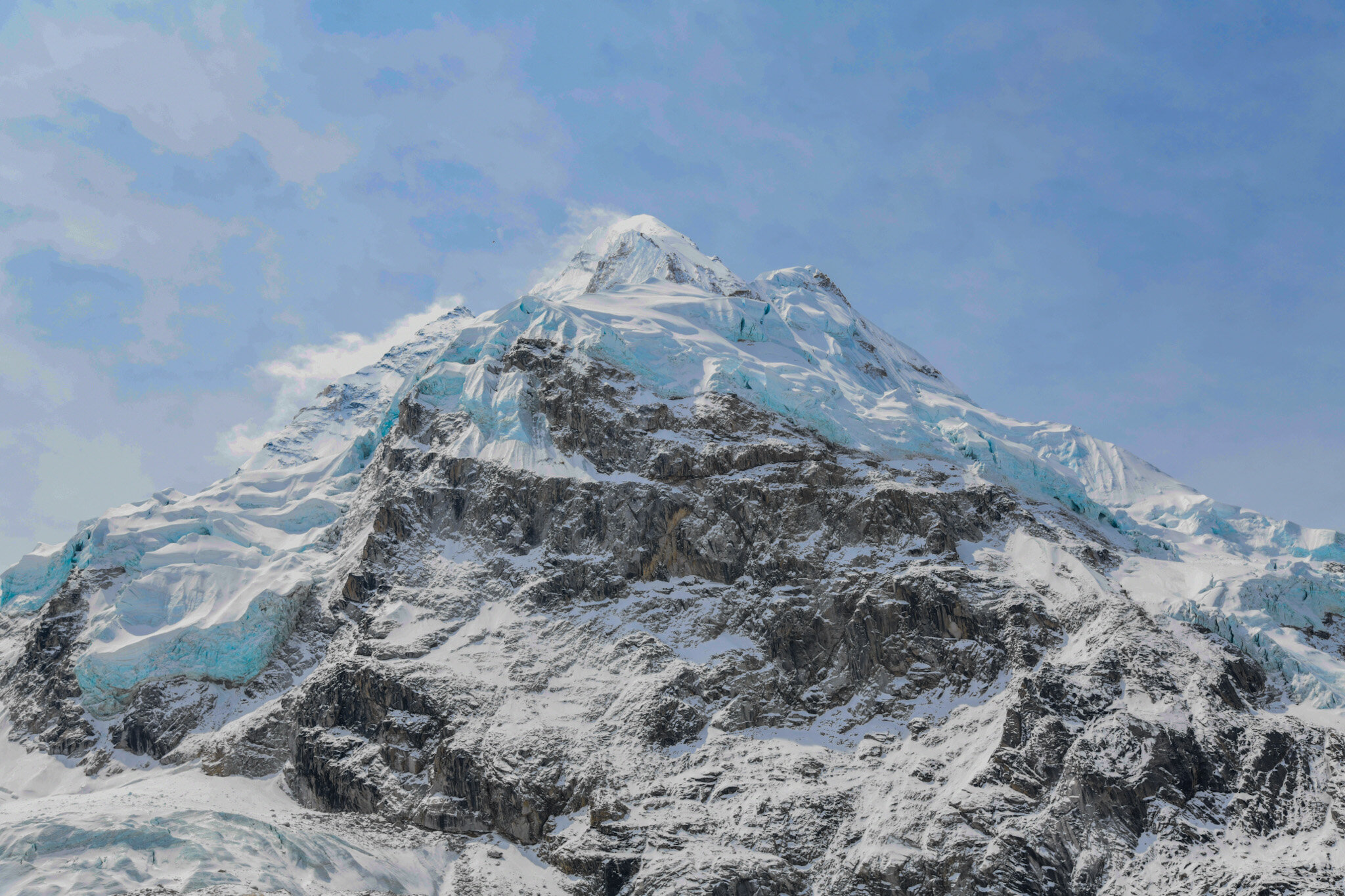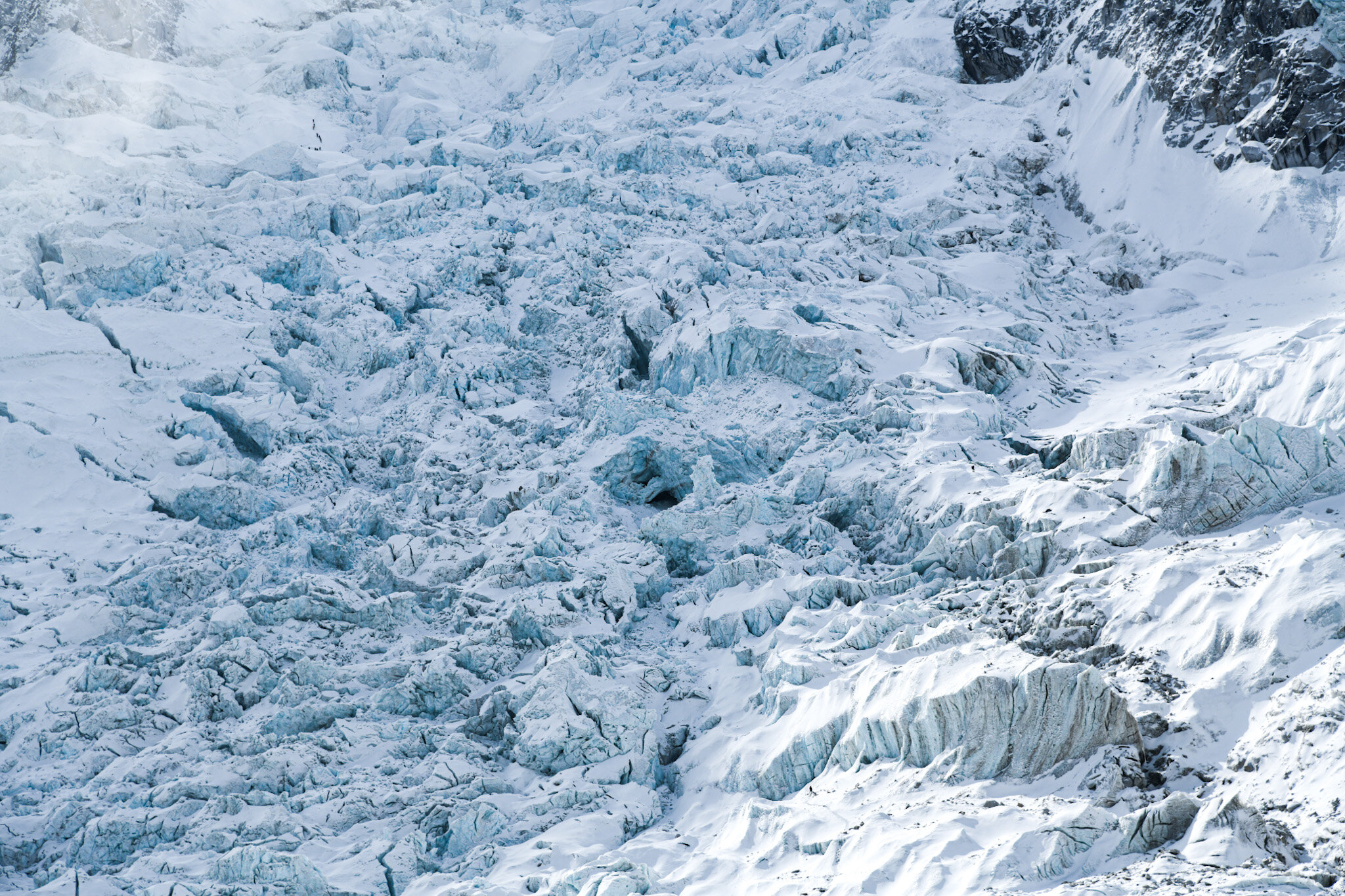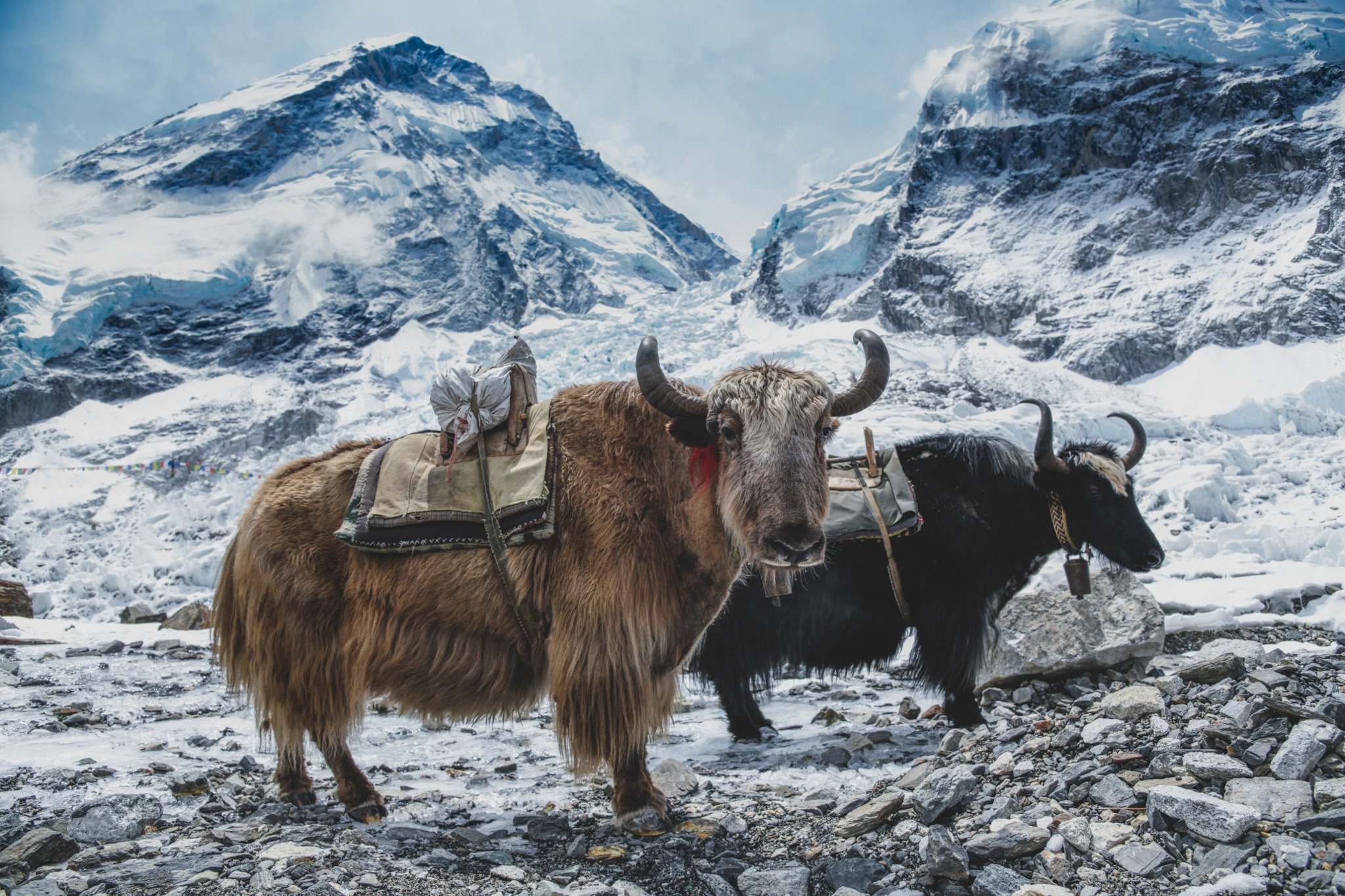
In the Shadow of Sagarmatha
This series of images documents the first Everest climbing season since the beginning of the Covid 19 pandemic.
Every year the allure of the Himalayas bring hundreds of climbers and mountaineers to Nepal, home to 8 of the world’s highest mountains. Their ultimate goal… to summit Mount Everest, which stands at 8,848m (29,028ft). Tourism plays a vital economic role in Nepal and comprises of about 4 percent of the country's gross national product, pulling in around half a billion dollars annually, with journeys to the summit of Everest costing between $30,000-$130,000 per person. The 40 or so expeditions that take on the world’s highest peak during the spring climbing season can bring in over $4 million in permit fees alone, as well as provide employment to thousands of local people who work in hospitality.
In 2020 things couldn’t have been more different. Just as the season was due to start, Covid 19 spiked and Nepal went into a nationwide lockdown that would last several months, resulting in the full closure of the trekking and climbing industry through to the end of the year.
However, desperate to start rebuilding its shattered economy, Nepal decided to reopen for the 2021 spring climbing season and issued roughly 408 summit permits. As a result, Covid 19 reached the highest point on Earth and I decided to journey up to Basecamp myself to document it.
I began my little solo adventure on the 28th of April, 2021. The first step was a flight from Kathmandu to the infamous Tenzing-Hillary Airport in Lukla, which has rightly earned the reputation as one (if not the most) of world’s most dangerous airports to fly in and out from. This due to its high elevation (9350 ft), its very short runway (1706 ft) and lack of radar or navigation systems present at the airport.
A short walk from the airport we stopped at a local hospital that had began distributing the Covishield Vaccine (Astra Zenica) to local residents. When asked about their feelings towards the vaccine majority of them said they were happy to receive it as they were worried about the possibility of contracting COVID from the onslaught of foreigners that would be coming through the area to climb Everest that season.
What becomes increasingly apparent along the trail is how integral the mountaineering industry is for Nepal and how many people rely on it for their livelihoods. This is evident in the many long trains of mules, horses and zokyos (half cow, half yak) you pass along the way. They carry supplies such as food items that don’t grow at higher altitudes, gas cylinders and of course alcohol to areas of the Khumbu Valley that are not accessible by road. All of which come from local businesses owners, farmers and imports.
The first significant milestone for me was reaching Namche Bazar (11,290 ft). Namche is a historic trading hub and the staging point for expeditions to Everest and other Himalayan peaks in the Khumbu region. Here, you should expect to spend two days resting and acclimatising (going up to a slightly higher elevation and descending back down to spend the night) to train your body before you climb any higher.
Many are aware of the dangers of altitude sickness, which occurs when a person travels to a high altitude without gradually acclimatizing. It is most prevalent at 8,000 ft and higher due to the shortage of oxygen. Unfortunately, even the most skilled and fit climbers can suffer from it. Luckily, even ascending rather quickly, I had no symptoms of altitude throughout this entire expedition, not even a headache.
After two days in Namche doing acclimatisation hikes, drinking iced tea and eating brownies, I continued up. Everyday as I climbed I noticed the terrain change, the air thin and the weather shift…slightly. It also got colder. Despite all this, I felt stronger. After leaving Namche the Rodedenron forrests transform into grassland and you begin to see much more of the himalayas, such as Ama dablam, Manaslu and you get the first views of everest in the distance.
I soon arrived in Dingboche, a Sherpa village situated at 14,468 ft. Without the bustle and bustle of tourists due to the pandemic, Dingboche was a ghost town. Many of the teahouses were shut as a result of having no business and it was the first time I really began to notice the lack of other people on the trail. This is extremely rare during the Spring climbing season in Nepal. However, it was also when I really began to feel like I was at the base of the himalayas. Everywhere I looked I could see white-capped mountains.
Once again I spent two days here acclimatising. I climbed up to Nagarstang Peak (16,667 ft), which sits just above and behind Dingboche. I coulnd’t have asked for better conditions that morning. Once at the top I was presented with the most spectacular view of Ama Dablam and the surrounding Khumbu valley.
Two days later, I made it to 17,500 ft. I walked into Everest Basecamp just as the weather to change and the temperature dropped. Once again, I noticed how quiet it was. Sherpas I’d spoken to on the way up informed me that some climbers and other Sherpas had already been flown back to Kathmandu with “flu-like” symptoms.
There was no doubt that the feeling around Basecamp was different this year. I saw that certain areas were sealed off . Thin red ropes held up signs reading “NO OUTSIDE CLIMBERS ALLOWED”, and “COVID SAFE AREA”. I knew this would make my goal of speaking to climbers and documenting COVID at basecamp rather difficult.
The first night I spent at Basecamp was a restless one. I could hear the incredible rumble of the Khumbu Glacier moving and cracking beneath my body. Off in the distance the sounds of avalanches shook me awake just as I began to doze off, reminding me of where I was.
Life at Basecamp passed in a blur and is described by some as a monotonous, humdrum of an existence with the occasional logistical hiccup . Climbers spend the better half of their Everest experience here. Waiting. Waiting to acclimatise and for the perfect weather window to begin their accent to the summit. I however, spent my time at 17,500ft documenting as much as I could, all the while keeping COVID precautions in mind as I went. I photographed yaks, ice climbing and the starriest skies I have ever seen. I could easily get used to life up here.
Mountains that make up the back wall of Everest Basecamp.
A woman rappelling down a large ice cliff in the Khumbu Icefall.
Pumori Peak reflecting the light of the moon.
Ice climbing training at the base of the Khumbu Icefall.
Yaks waiting to be led back down to Namche Bazaar from Everest Basecamp.
A sherpa guide belaying a client while training in the Khumbu Icefall. He is wearing a mask.
Ice walls that make up the base of the Khumbu Icefall.
Climbers in the Khumbu Icefall.
A yak steps across the frozen ground of the Khumbu Icefall.
